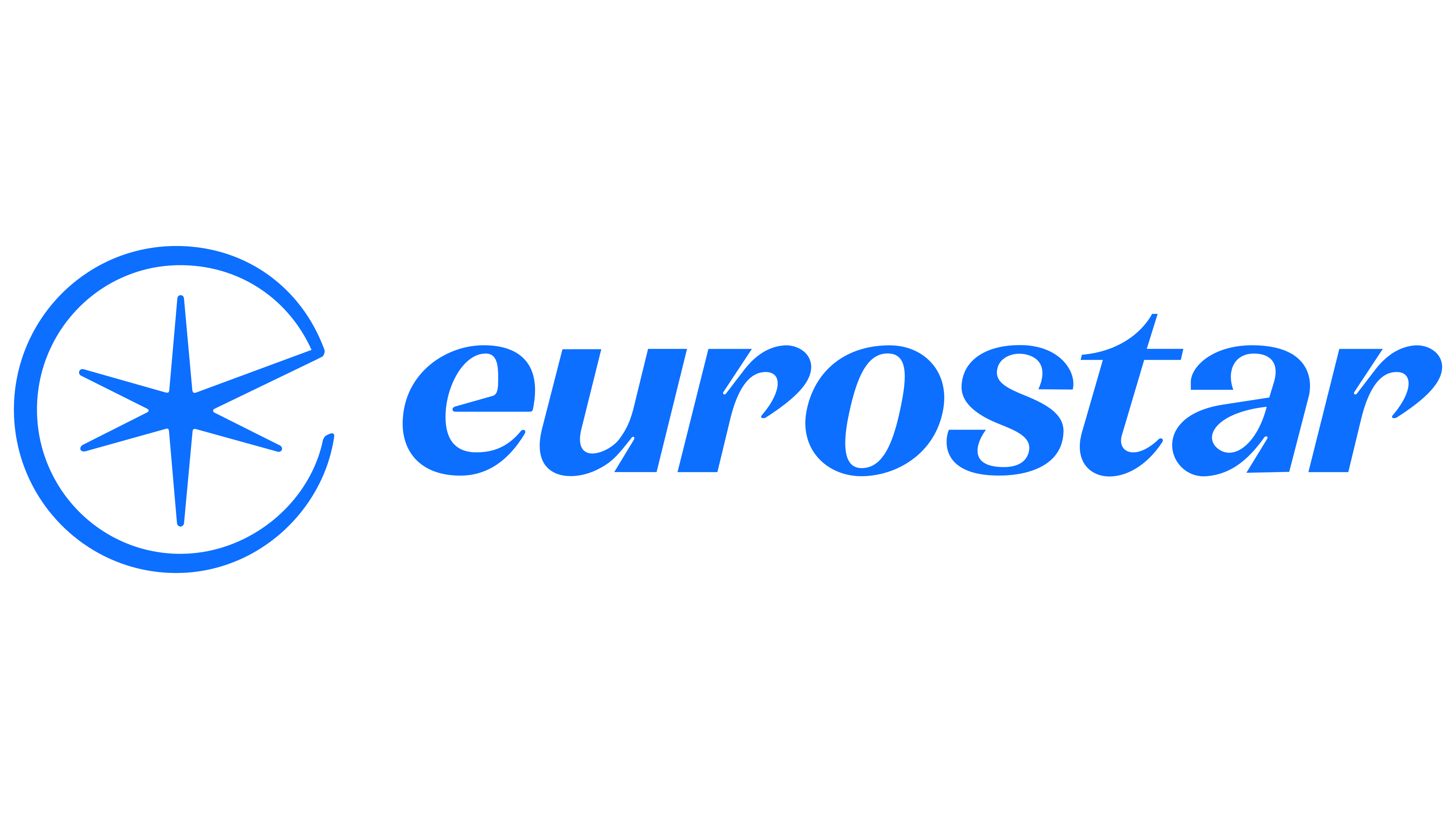


GULL
Pellets vary depending on the type of food. This one's recently had a meal of beetles.

TAWNY OWL
Grey cylindrical, slightly pointed. Contains the remains of small birds, mice, sometimes shrews and insects.

CROW
Usually oval and containing plant material especially grass, insect remains, and small stones,
Our Supporters



.png)




















.png)












































